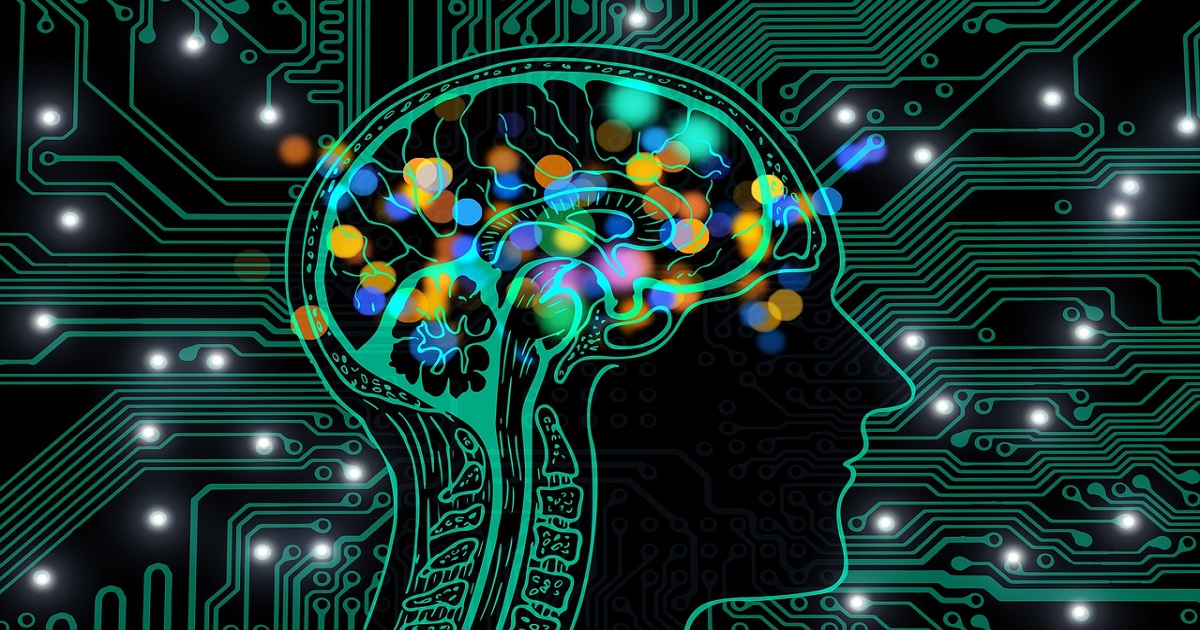Applications of Artificial Intelligence Systems
A special issue of Applied Sciences (ISSN 2076-3417). This special issue belongs to the section "Computing and Artificial Intelligence".
Deadline for manuscript submissions: closed (31 January 2022) | Viewed by 28050

Special Issue Editors
Interests: artificial intelligence; soft computing; automated learning; artificial neural networks and deep learning; big data analytics applied to industrial environments; smart sensors and IoT; information visualization
Interests: knowledge engineering and expert systems for diagnosis and control systems; intelligent systems for modeling; optimization, and control; fault and anomaly detection using traditional and intelligent techniques; new sensors; robust sensors; and virtual sensors
Special Issues, Collections and Topics in MDPI journals
Interests: metaheuristics; big data; artificial intelligence; data mining; optimization; smart tourism; mobility
Interests: intelligent control techniques; intelligent systems applications over industrial and agricultural processes; intelligent surveillance systems; smart sensors
Special Issue Information
Dear Colleagues,
Artificial intelligence is an engineering discipline that is currently becoming more and more pervasive in industrial, medical or agricultural environments and in our daily lives. This width of application possibilities and the increasing number of successful cases combined with the current availability of data and sensing hardware fuel the opportunities to develop advanced systems that solve problems that seemed unfeasible not so long ago.
Techniques such as machine learning, optimization, system identification, pattern analysis, artificial vision, language processing, etc. are being used to relieve human users of repetitive tasks, to provide them with more advanced and complete information to make better decisions, to forecast with accuracy events in the future or to build systems that interact more naturally with their users, to name only a few.
This Special Issue intends to offer a fascinating opportunity to share novel successful cases of real-world problems solved using the techniques included in the artificial intelligence field. Our intention is to provide a platform for researchers, practicing engineers, and other stakeholders to share their latest discoveries, advances and difficulties in applying theoretical concepts into working solutions, thus advancing the knowledge and gradual adoption of the techniques in this knowledge area to a wide array of engineering fields.
Topics of interest include but are not limited to:
- Intelligent systems applications;
- Intelligent control applications;
- Biomedical applications;
- Fault detection and diagnosis;
- Improvement or new intelligent control techniques and topologies;
- Complex systems modeling;
- Optimization of processes and procedures;
- Intelligent systems applications over industrial processes;
- Systems efficiency improvement and optimization;
- Hybrid systems implementation;
- Intelligent data analysis;
- Internet of Things applications.
Assoc. Prof. Bruno Baruque Zanón
Dr. Jose Luis Calvo-Rolle
Dr. Santiago Porras Alfonso
Dr. Petr Dolezel
Guest Editors
Manuscript Submission Information
Manuscripts should be submitted online at www.mdpi.com by registering and logging in to this website. Once you are registered, click here to go to the submission form. Manuscripts can be submitted until the deadline. All submissions that pass pre-check are peer-reviewed. Accepted papers will be published continuously in the journal (as soon as accepted) and will be listed together on the special issue website. Research articles, review articles as well as short communications are invited. For planned papers, a title and short abstract (about 100 words) can be sent to the Editorial Office for announcement on this website.
Submitted manuscripts should not have been published previously, nor be under consideration for publication elsewhere (except conference proceedings papers). All manuscripts are thoroughly refereed through a single-blind peer-review process. A guide for authors and other relevant information for submission of manuscripts is available on the Instructions for Authors page. Applied Sciences is an international peer-reviewed open access semimonthly journal published by MDPI.
Please visit the Instructions for Authors page before submitting a manuscript. The Article Processing Charge (APC) for publication in this open access journal is 2400 CHF (Swiss Francs). Submitted papers should be well formatted and use good English. Authors may use MDPI's English editing service prior to publication or during author revisions.
Keywords
- artificial intelligence
- soft computing
- applications
- monitoring
- hybrid systems








